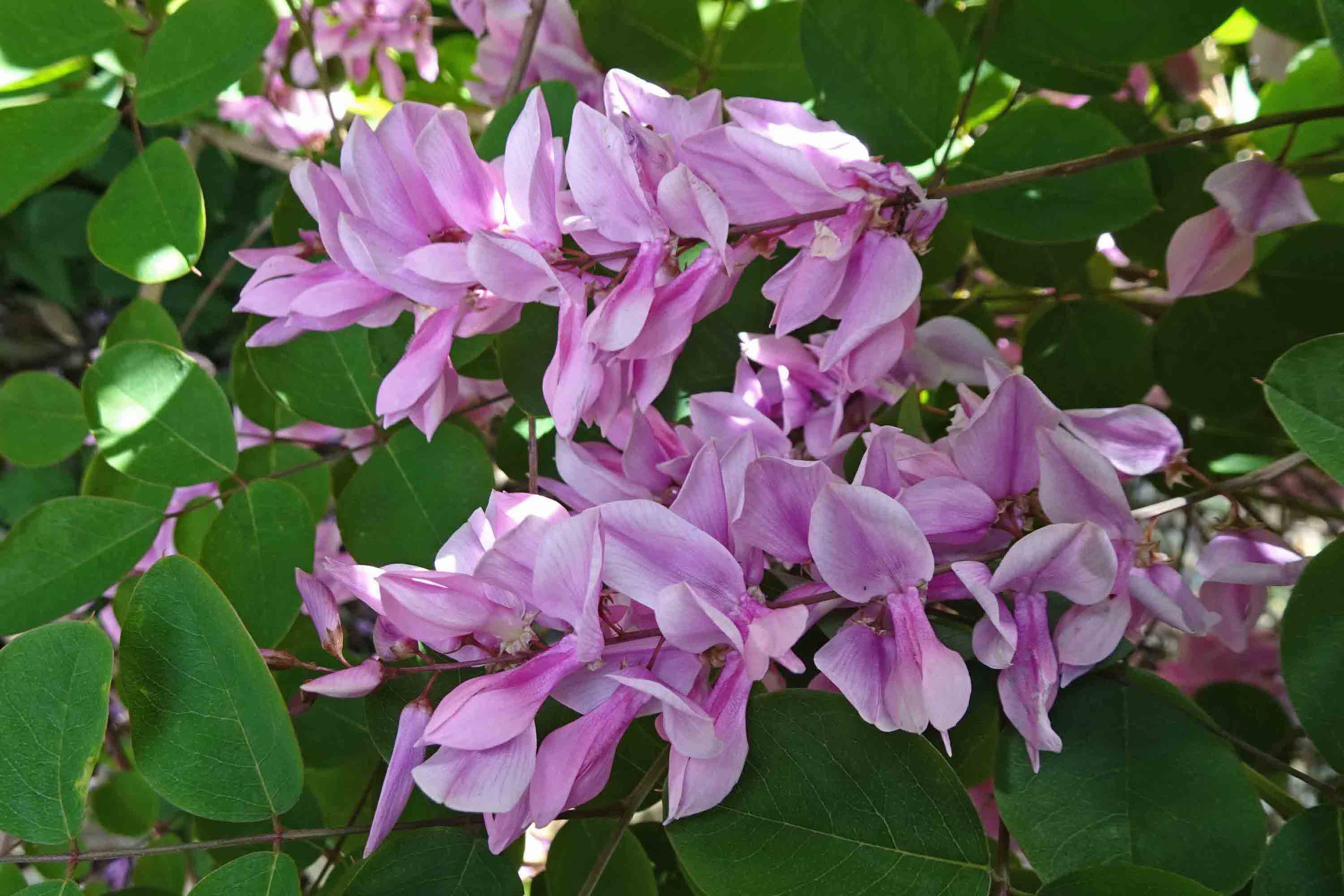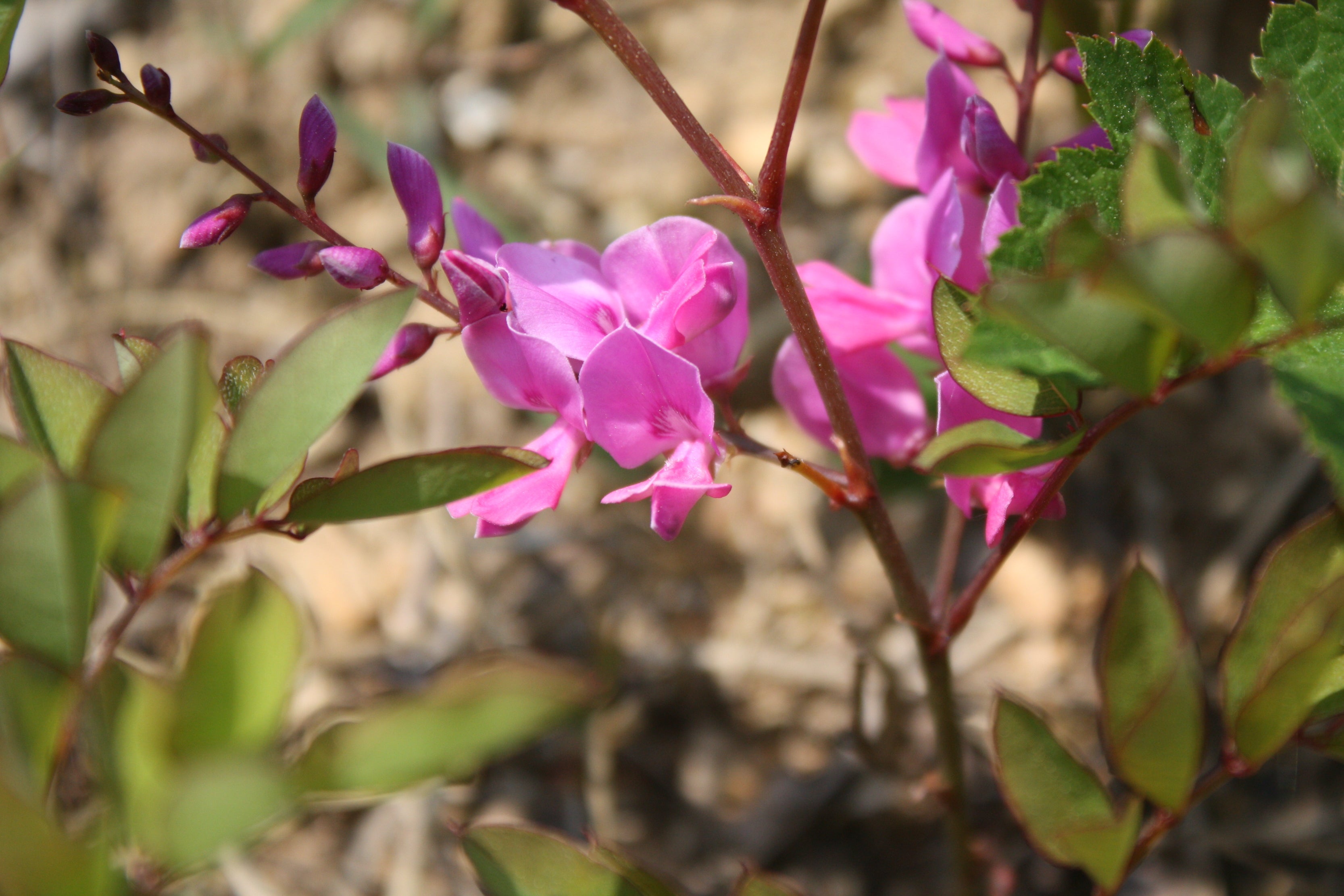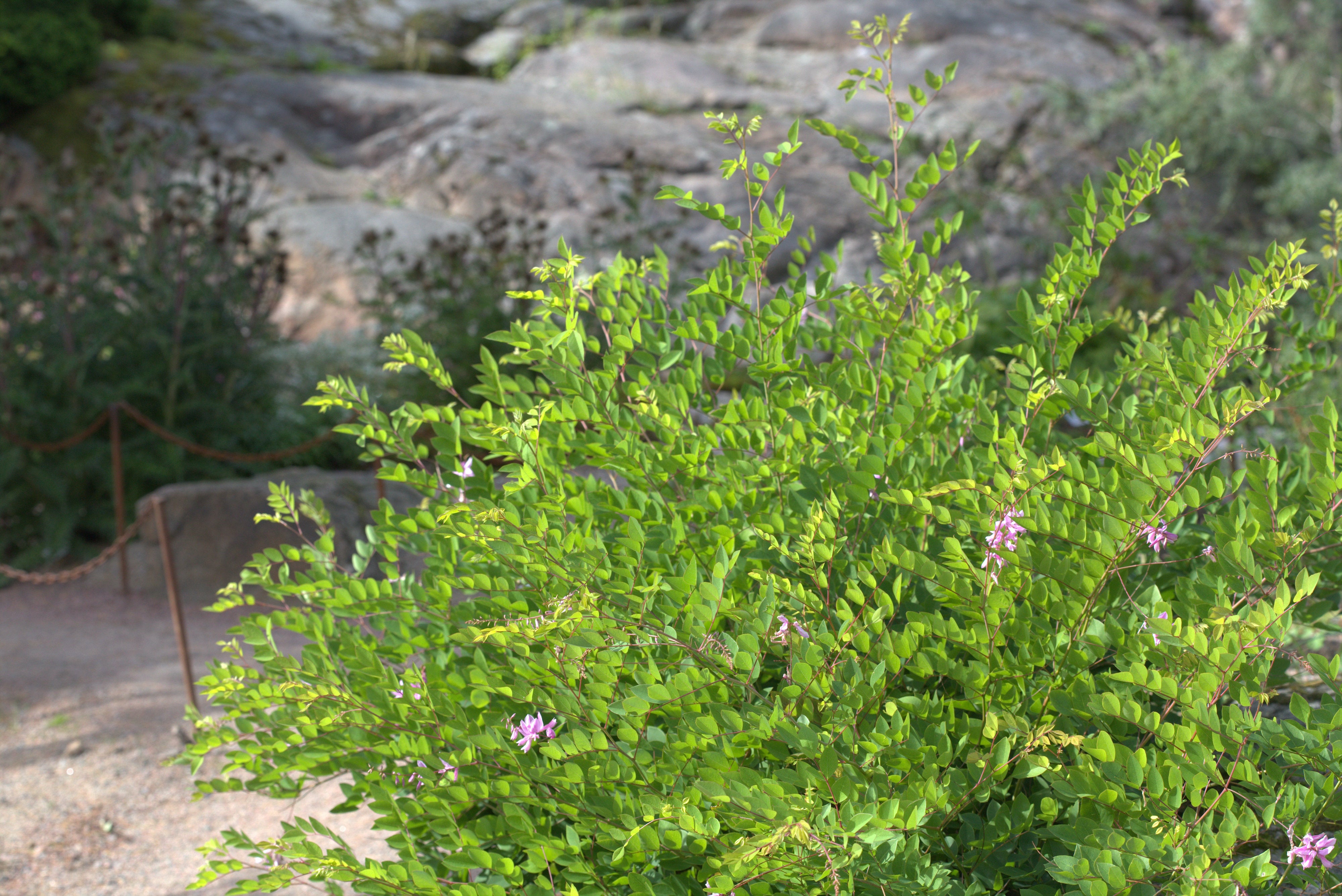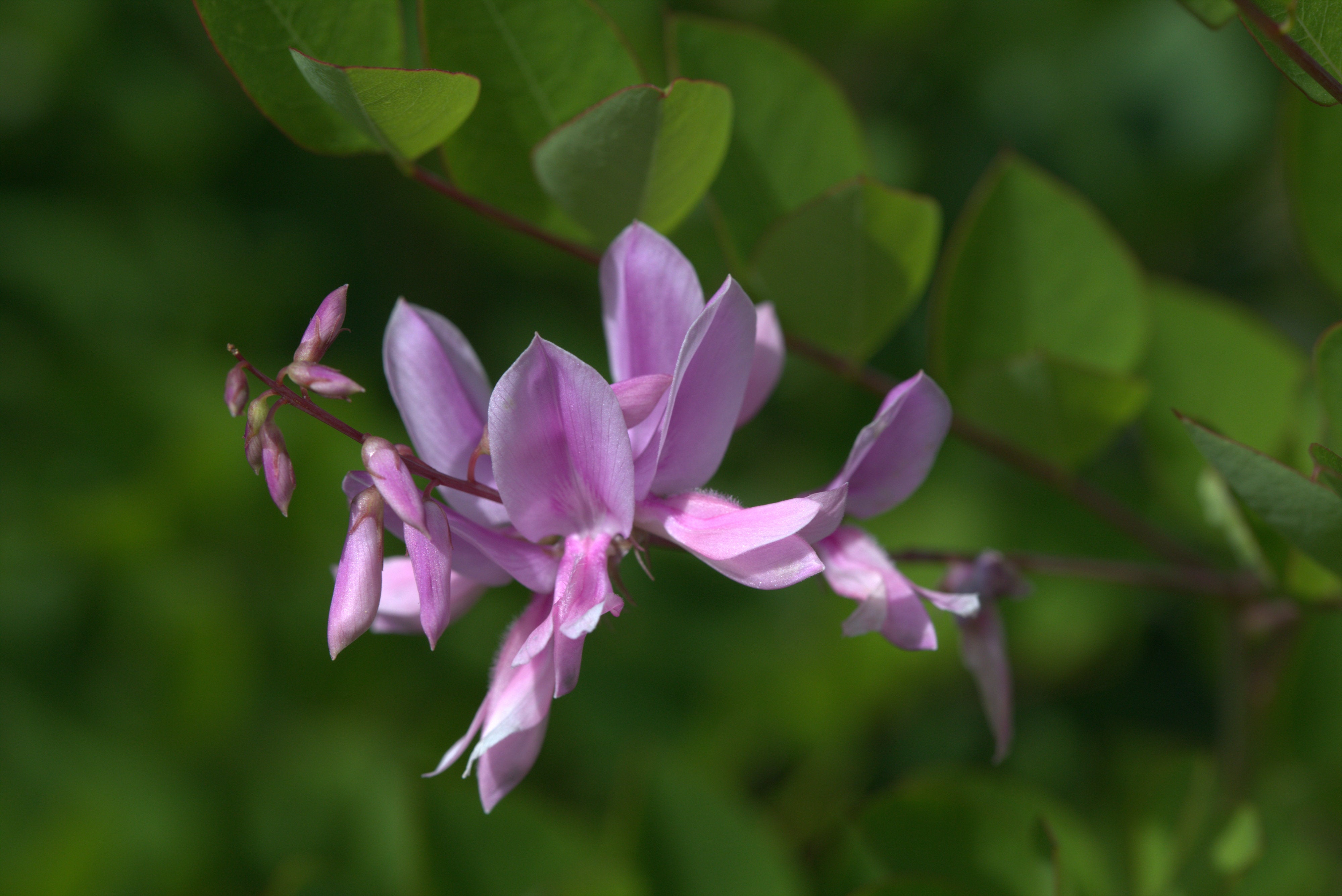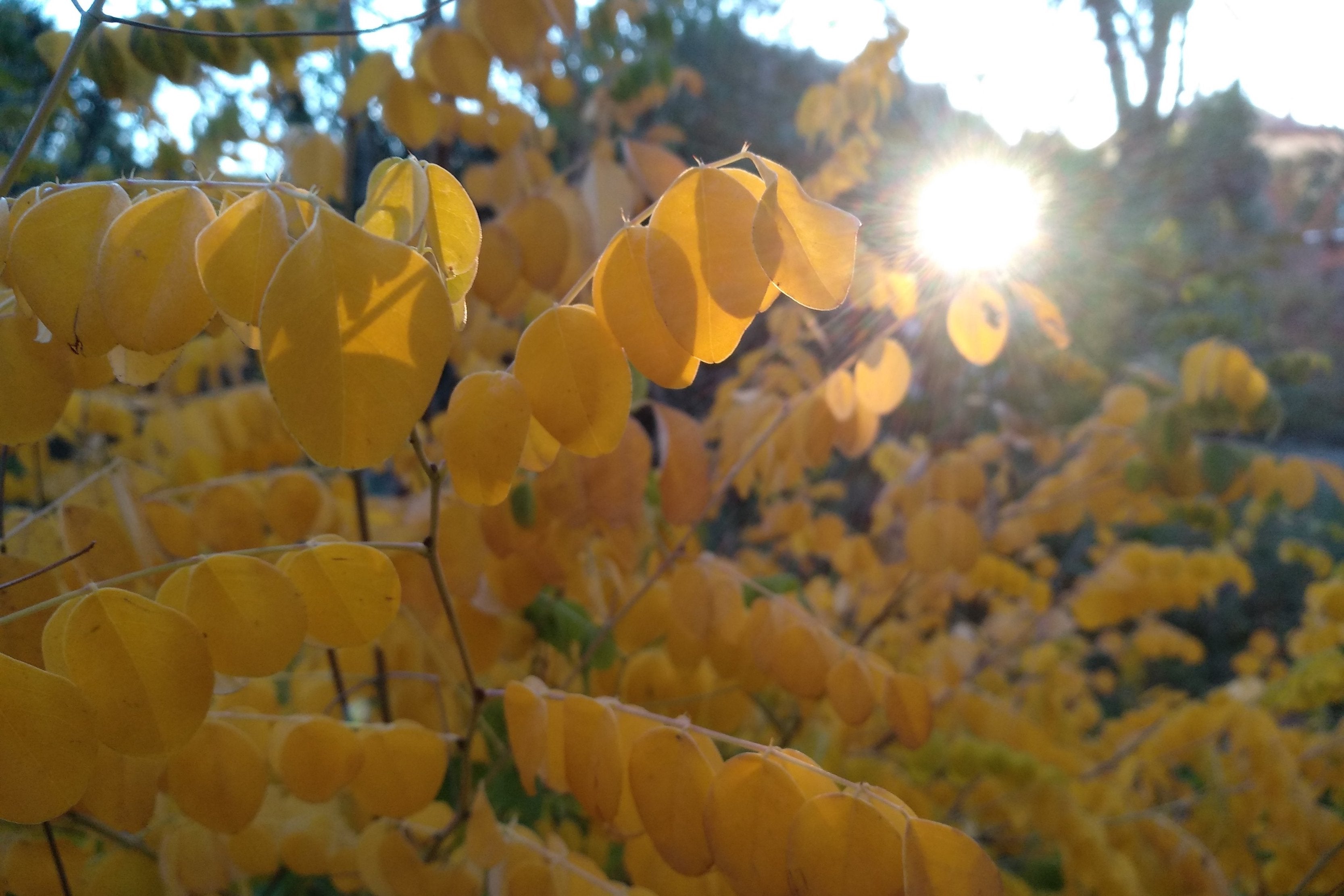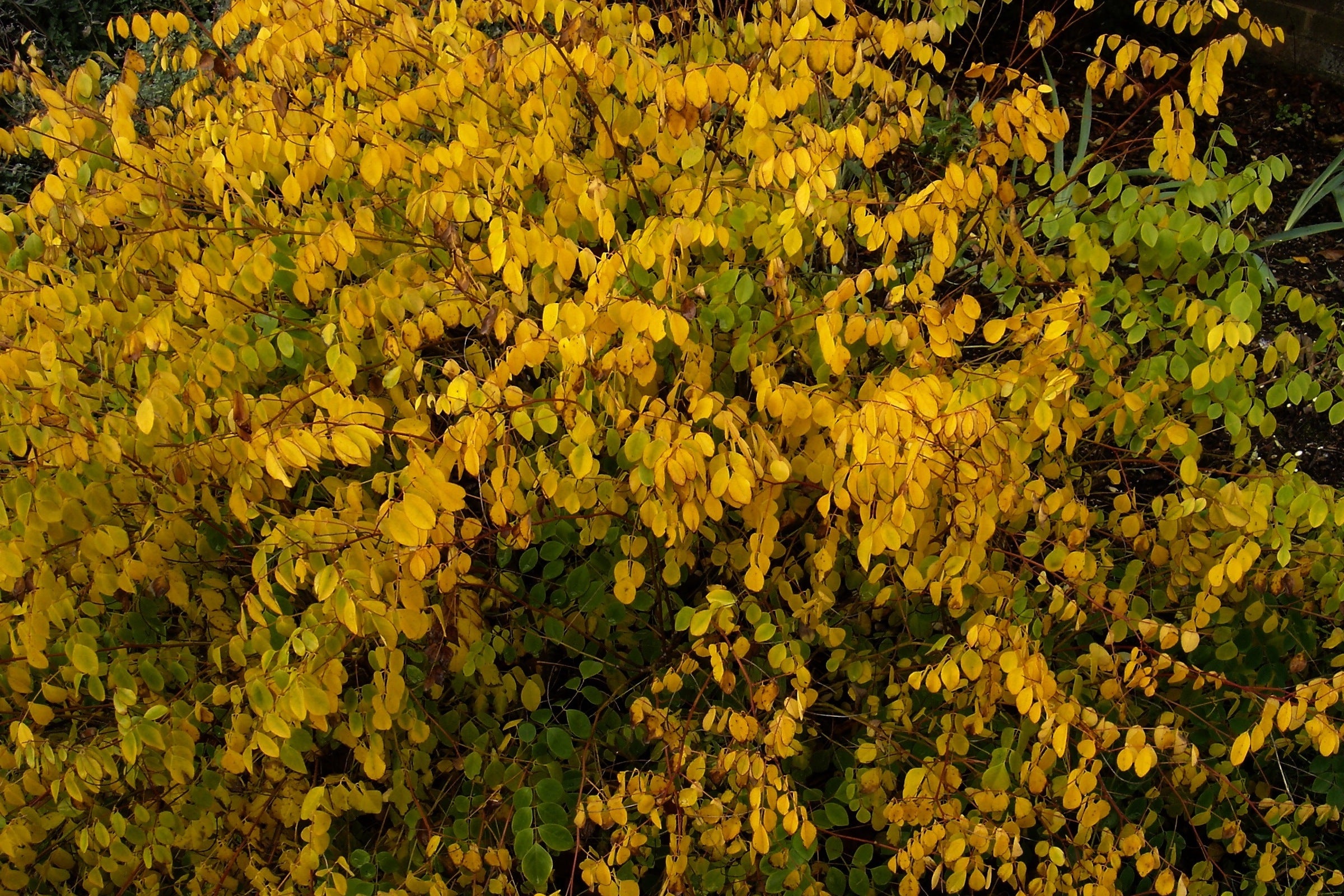Indigofera kirilowii
Approx. 0.5 litre pot
About this cultivar:
Indigofera kirilowii is a spreading, deciduous shrub with upright shoots and bright green leaves, composed of almost diamond-shaped leaflets, and bearing rose-pink flowers in dense racemes, in early and midsummer and sometimes with a late flush. In autumn the foliage turns a lovely rich golden yellow.
Native to China and Korea, it is presumably named for Russian botanist Ivan Petrovich Kirilov (1821-1842).
Grows by suckers so can make great ground cover and appeal to wilder gardens,
- Position: Full sun, partial shade
- Soil: Almost any soil, grows well in Ballyrobert
- Flowers: June, July, maybe August, maybe September
-
Other features: Great Ground Cover
- Hardiness: H5 - Hardy in most places throughout the UK even in severe winters (-15 to -10°C), Fully hardy - grows well in Ballyrobert
- Habit: Clump forming, bushy, suckering
- Foliage: Deciduous
- Height: 60 - 90 cm (2 - 3 ft)
- Spread: 90 - 120 cm (3 - 4 ft)
- Time to full growth: 5 to 10 years
- Plant type: Herbaceous Perennial
- Colour: Green, pink
- Goes well with: -
About this genus:
Indigofera is a large genus of over 750 species of flowering plants belonging to the pea family (Fabaceae). They are widely distributed throughout the tropical and subtropical regions of the world, but some can be grown as garden plant in more temperate regions. Genus name comes from indigo plus Latin fero meaning to bear.
Species of Indigofera are mostly shrubs, though some are small trees or herbaceous perennials or annuals. Most have pinnate leaves. Racemes of flowers grow in the leaf axils, mostly in hues of red, white, and yellow. Yes, they are not all blue! It is actually the plant’s leaves that are used to make the blue dye, though they are naturally green and must go through an involved extraction process first. The fruit is a pea (legume) pod of varying size and shape.
It is difficult to be sure where the genus was originally native, because it seems to have been in cultivation since the dawn of time. Scraps of possibly Indigo-dyed fabric discovered in Peru predate Egyptian indigo-dyed fabrics by more than 1500 years. It wasn’t just for dying clothes; Indigo was quite often used in European easel painting during the Middle Ages. At one stage Indigo became the second most important cash crop in North America (after rice) before the American Revolution. It comprised more than one-third of all exports in value. It is has to imagine the scale of Indigo growing these days since the chemical compound aniline is mostly used instead of the plant. Note, however, aniline was first synthesized from Indigofera suffruticosa, previously Indigofera anil, hence the name aniline. Despite the reduced commercial use of the genus some forms of Indigofera may still have an agricultural future. Since the genus is member of the pea family some perennial types are much investigated as perennial food crops of the future (most annual crops can be bad for the soil).
In the garden we have to be vague, because it is a large genus, sorry. But if we sell it, unless stated otherwise, it will be a hardy perennial that is easy to grow anywhere in these islands. Most of the time this will mean something that looks like a miniature wisteria! I think it is fun to try indigo somewhere, if only because most non-gardeners seem fascinated when you tell them you have an Indigo plant in your garden, especially if the flowers aren’t blue!

